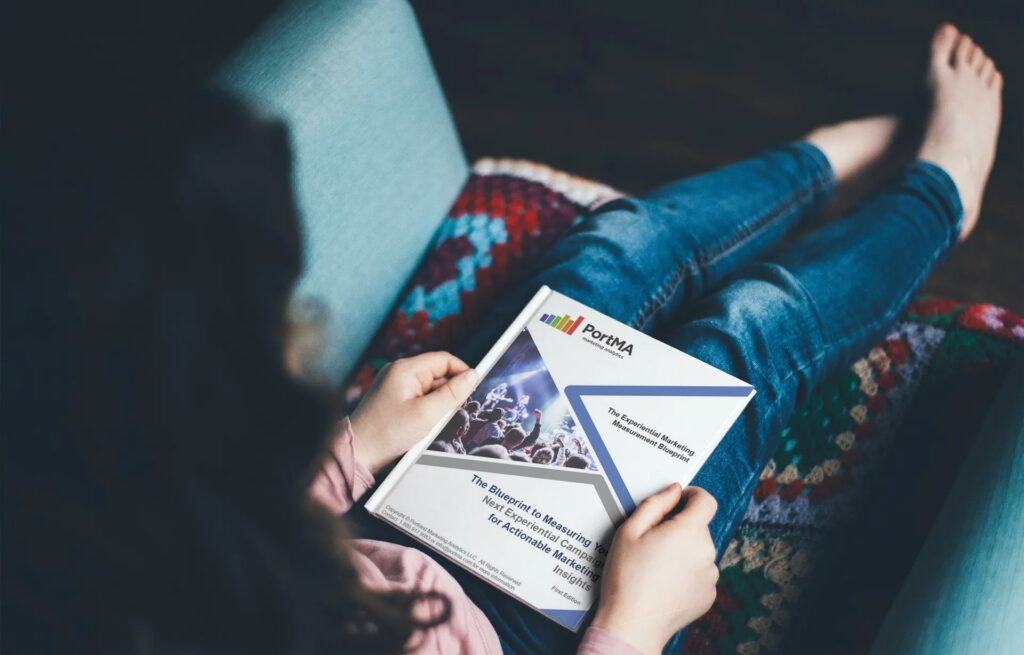
I recently reviewed two recap reports in two very different industries. Each had a quality versus quantity issue related to event marketing. And this painted a rich story of performance and value for the brands. First, let me give you some background on how we got to the data for the recaps in the first place.
We recommend two primary sources of data when it comes to recap reporting for event marketing. These strategies help address event marketing quality versus quantity concerns.
Field Staff Recap Data
The first is the activation or reach data that comes from the field staff executing your events. I’m talking about metrics like the number of consumers sampled, impressions at the venue, total games played, on-site registrations, and the like.
There are actually 20 metrics we recommend you consider. (Not all 20 are always applicable. Send us an email if you’d like us to send you the list.)
Consumer Impact Data
The second is a simple, short exit survey. Nothing too fancy. Don’t worry about asking too many people. Just get a dozen or so responses from each event day on three or four key questions. Again, reach out to us if you’d like to know what these questions should be.
What we do with that data – Event Marketing Quality and Quantity
Once we have this data (either because it’s provided to us or we’ve helped collect in on the brand/ agency’s request), we use each data source to identify particular items. For the field staff recap data, we look to get an assessment of volume. We want to understand the rates of consumer engagement and benchmark that against a number of sources to see if your team is running efficiently. We can use this data to provide insights on where you can improve, uncover and feedback your own best practices, and use this data to develop an overall measure of program reach.
It’ll tell us your “quantity.” The consumer impact data is used to understand the quality of those engagements. It tells us if you’re being effective. We can use this to identify what venues, teams, activation stations, etc. are generating the greatest return for you. These data can tell us which assets are working hardest for you and the brand.
Measuring the data sources together
And when we compare the data from these two sources, it tells us your own quality versus quantity story.
We saw for one tour that quantity was down over last year, but the quality was up.
From there, we can then take this further to see if the increased quality justifies the lower quantity. We do this with event return-on-investment (ROI) modeling.
Sometimes the trade-off is worth it for the brand. Other times it’s not. But there is always a trade-off between the two and if you don’t know what the story is for your own brand or tour, you’re truly running blind.

Additional Resources
FOR EXPERIENTIAL MARKETERS
- Experiential Measurement Blueprint
- Event Impression Calculator
- Experiential ROI Benchmarking Reports
- Event Measurement Video Tutorials
Photo Source: https://www.flickr.com/photos/birminghamculture/
